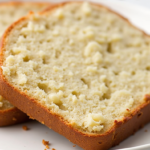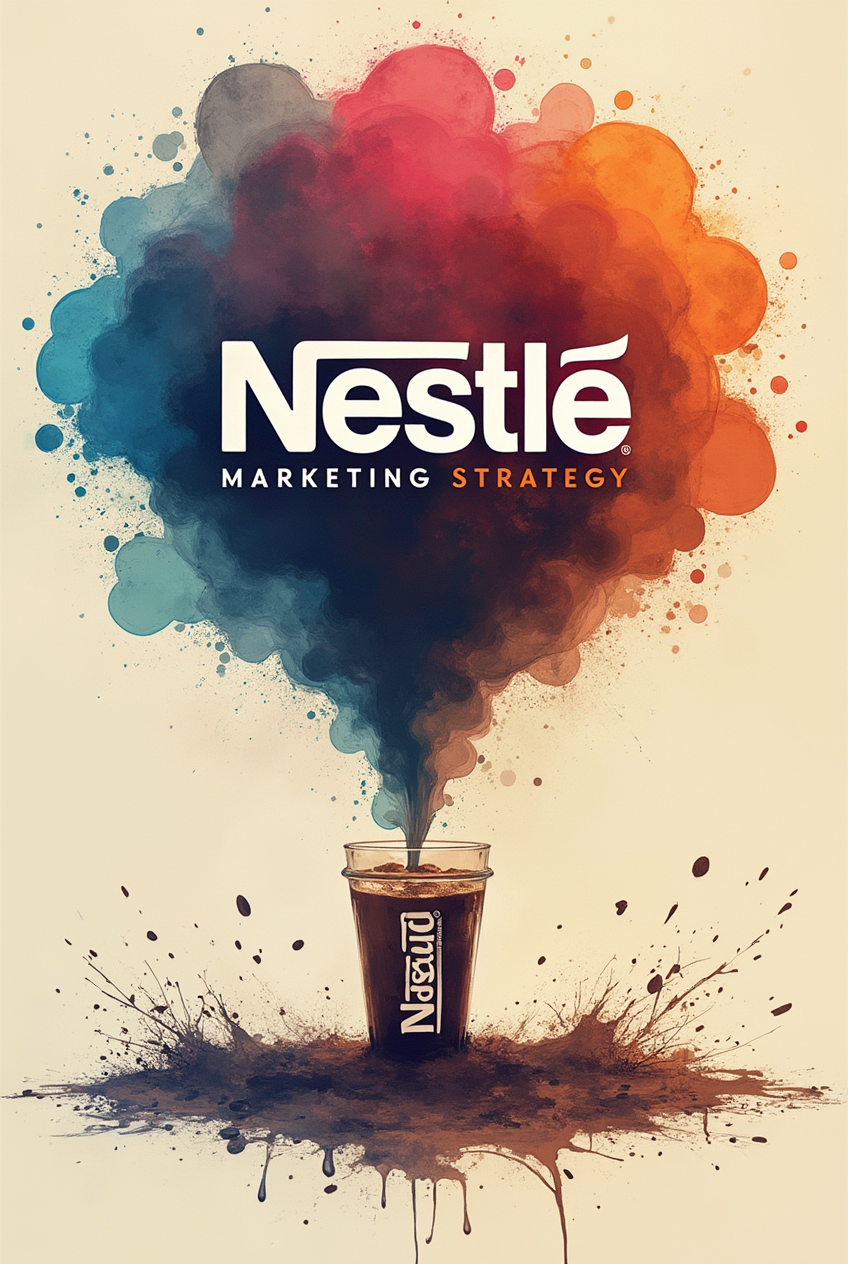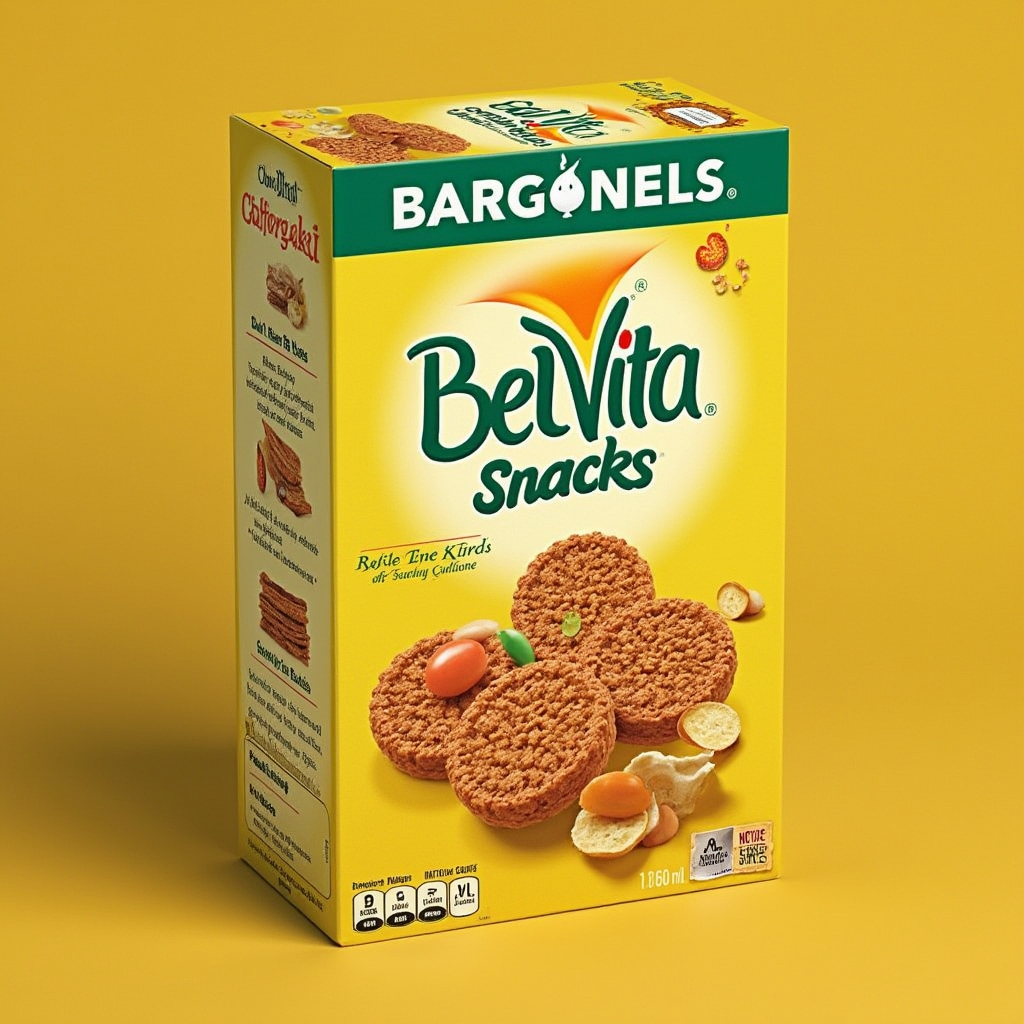Herbalife marketing strategy is a powerful blend of direct selling, product innovation, and targeted marketing. As one of the largest global nutrition companies, Herbalife has fine-tuned its marketing strategy to foster strong customer relationships while empowering independent distributors. From leveraging social media to hosting fitness events, Herbalife’s approach is designed to reach a wide range of consumers. Understanding how this brand operates can offer valuable insights for businesses looking to thrive in the direct selling space. In this article, we will break down the core components of Herbalife marketing strategy to uncover what makes it stand out in a competitive market.
Table of Contents
Key Components of Herbalife Marketing Strategy

1. Direct Selling Model
Herbalife has built its business on a direct selling model, where independent distributors are central to the company’s success. This model allows distributors to engage directly with customers, building personal relationships and trust. Distributors not only sell products but also become brand ambassadors who promote Herbalife’s core values of health, fitness, and well-being.
- Benefits: The direct selling approach creates strong customer loyalty and encourages repeat purchases. It also provides a low-barrier entry point for entrepreneurs looking to join the Herbalife network.
2. Diverse Product Range
Herbalife’s extensive product line includes categories such as weight management, nutritional supplements, fitness products, and personal care. By offering a wide array of options, the company appeals to various consumer needs and preferences.
- Product Innovation: With a focus on research and development, Herbalife continues to expand its portfolio with scientifically backed products, ensuring quality and customer satisfaction. This investment in R&D strengthens the brand’s credibility and sets it apart from competitors.
3. Local Sales Centers
To ensure efficiency in its supply chain, Herbalife has established local sales centers that support distributors with better access to inventory. These centers enhance inventory management and streamline distribution, making it easier for distributors to serve their customers in a timely manner.
- Efficiency Boost: The presence of local sales hubs has reduced delays in product availability, leading to better customer service and increased distributor satisfaction.
4. Embracing Online Marketing Tactics
Recognizing the increasing importance of digital platforms, Herbalife has evolved its marketing strategy by incorporating online tools. This includes leveraging social media, influencer marketing, and targeted digital ads to expand its reach. The brand effectively uses visual storytelling on platforms like Instagram and YouTube to engage with younger, tech-savvy consumers.
- Social Media Marketing: Herbalife actively engages with customers on social platforms by sharing success stories, fitness tips, and product usage examples. This visual content builds trust and showcases the benefits of Herbalife products.
Marketing Strategies Employed
1. Social Media Marketing
Herbalife’s social media presence is a core part of its marketing efforts. By posting engaging and informative content, the company connects with potential customers who are seeking wellness solutions. On platforms like Facebook, Instagram, and YouTube, Herbalife shares:
- Customer testimonials
- Product tutorials
- Fitness challenges and healthy lifestyle tips
These efforts help create a positive brand image and foster a sense of community among consumers.
2. Influencer Collaborations
Influencer marketing has become an essential strategy for Herbalife. By partnering with well-known fitness and nutrition influencers, Herbalife showcases its products to a broader audience. Influencers offer credibility and authentic testimonials, making it easier to build trust with potential customers.
- Case Study: Collaborations with fitness influencers have resulted in viral content that promotes the efficacy of Herbalife’s weight management products, driving higher engagement and conversions.
3. Referral Programs
Herbalife’s referral programs are designed to reward both customers and distributors who refer new clients to the company. This creates a network effect that amplifies brand visibility and encourages organic growth.
- Incentives: Referral bonuses motivate existing customers to introduce Herbalife to friends and family, further expanding its customer base.
4. Event Marketing
Herbalife frequently hosts fitness and wellness events, both in-person and online. These events allow the company to directly engage with consumers while promoting the benefits of its products in a hands-on manner. Whether it’s a fitness challenge or a nutritional workshop, these events are highly effective for increasing brand loyalty.
- Impact: Events help Herbalife connect with health-conscious individuals, creating real-time engagement and offering an opportunity for customers to try out products firsthand.
Herbalife’s Sales Funnel Strategy
Herbalife’s marketing funnel is designed to guide potential customers through a structured journey, from awareness to action. Below is a breakdown of how Herbalife’s sales funnel works:
1. Awareness
At the top of the funnel, Herbalife builds brand awareness through social media, influencer partnerships, and digital marketing campaigns. This ensures that consumers are introduced to the brand’s product offerings and mission.
2. Interest
Once potential customers are aware of Herbalife, the brand nurtures their interest by sharing valuable content related to health, fitness, and wellness. This includes tips, success stories, and product highlights that emphasize the benefits of using Herbalife’s products.
3. Desire
Herbalife leverages emotional triggers to create a sense of desire among consumers. Success stories and transformations—whether through weight loss or improved energy—are used to motivate potential buyers. The company also offers personalized advice to cater to specific customer needs.
4. Action
The final stage in the sales funnel encourages consumers to make a purchase or sign up as distributors. Herbalife uses special offers, limited-time discounts, and personalized product recommendations to drive conversions. Distributors also play a key role in closing sales by providing one-on-one consultations.
Challenges and Controversies
Like many direct selling companies, Herbalife has faced criticism and regulatory scrutiny, particularly regarding allegations of operating a pyramid scheme. In 2012, the Federal Trade Commission (FTC) launched an investigation into Herbalife’s business practices. While the FTC did not label Herbalife as a pyramid scheme, the company was required to restructure its operations and improve transparency.
- The FTC Settlement: In 2016, Herbalife agreed to pay $200 million in refunds to distributors and implement significant operational changes, including restructuring its compensation plan. These changes were designed to ensure that Herbalife’s business model complies with federal regulations.
Despite these challenges, Herbalife has continued to grow and refine its marketing practices to avoid further controversies. The company has focused on improving transparency and offering better support to its distributors.
Conclusion
Herbalife marketing strategy is a blend of traditional direct selling techniques and modern digital marketing practices. By empowering its distributors, focusing on customer relationships, and embracing online marketing tools, Herbalife has built a resilient and adaptable business model. While the company has faced its share of challenges, particularly with regulatory bodies, it continues to evolve and maintain its position as a leader in the global nutrition market.
As businesses look to emulate the success of Herbalife marketing strategy, they can learn valuable lessons about customer engagement, the power of personal relationships, and the importance of innovation in product offerings. Whether through social media campaigns or in-person events, Herbalife demonstrates that a well-rounded marketing approach is key to sustained growth.










